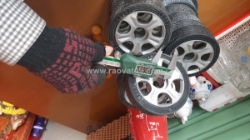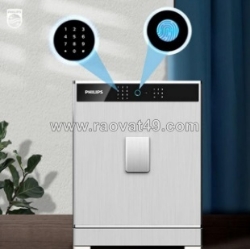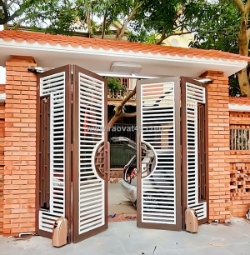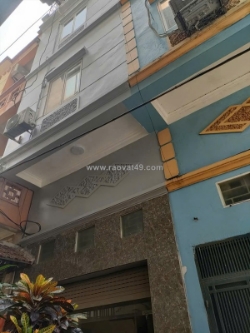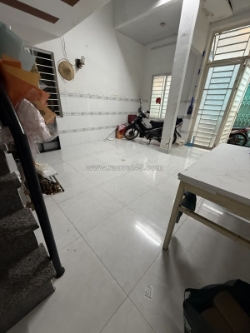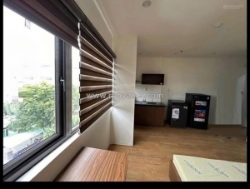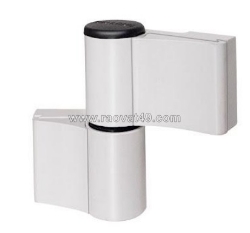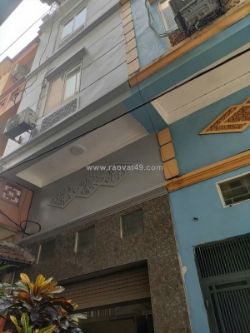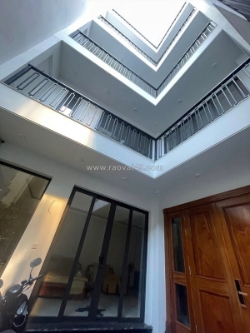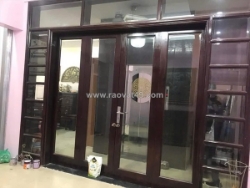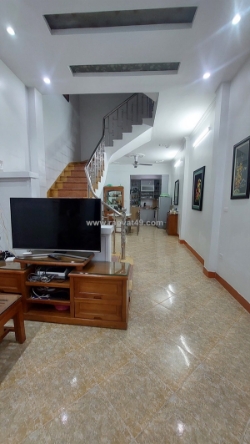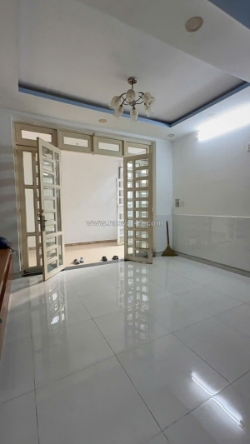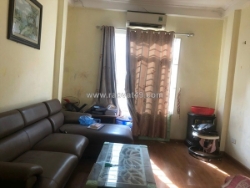Common mistakes to avoid when using ceramic crucibles
Ngày đăng: 11/17/2025 4:28:52 PM - Khác - Toàn Quốc - 18Chi tiết [Mã tin: 6324869] - Cập nhật: 11 phút trước
Ceramic crucibles are indispensable tools in jewelry casting, metal refining, and small-scale smelting, thanks to their durability, heat resistance, and ability to withstand repeated thermal cycles. However, even the best ceramic melting crucible can fail prematurely if used incorrectly. For beginners and experienced metalworkers alike, understanding common mistakes—and how to avoid them—can extend the life of your crucible and improve the overall efficiency of your melting process.
One of the most frequent mistakes is rapid heating or cooling, often called thermal shock. Ceramic materials expand and contract with temperature changes, but they need time to adjust. Placing a room-temperature crucible directly into a high-heat furnace can cause cracking almost instantly. Similarly, removing a hot crucible and setting it onto a cold, metal surface can lead to sudden failure. The solution is simple: preheat the crucible gradually and let it cool on a heat-resistant surface, such as firebrick.
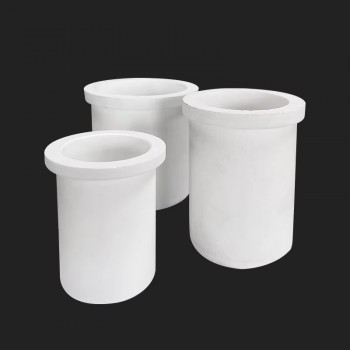
Another issue arises from using the wrong type of crucible for the wrong metal. Not all ceramics behave the same, and some are designed specifically for certain alloys. For example, a crucible suitable for gold or silver may not withstand the higher working temperatures required for metals like brass or bronze. Using a crucible beyond its rated temperature can weaken its structure and introduce impurities into your melt. Always verify compatibility with both the metal type and the operating temperature before starting.
A common but overlooked mistake is overfilling the crucible. Filling it too close to the rim leaves little room for safe pouring and increases the risk of spills. Overflowing molten metal can damage your furnace, tools, or even cause personal injury. A good rule of thumb is to leave at least one centimeter of space from the top to ensure controlled and steady pouring.
Contamination is another critical concern. Some users melt different metals in the same crucible without proper cleaning. Residue from previous melts can react with new metals, affecting purity and color. For example, leftover flux or alloy components can cause unexpected inclusions or discoloration in high-purity gold or silver. To avoid this, clean the crucible thoroughly or dedicate specific crucibles to specific metals.
Finally, many beginners fail to store their ceramic crucibles correctly. Leaving them in damp or dusty environments can weaken their structure over time. Moisture trapped in micro-pores can turn into steam during heating, leading to cracking. Always store crucibles in a dry, clean place and inspect them regularly for hairline fractures.
By recognizing these common mistakes and adopting proper handling habits, you can significantly extend the lifespan of your ceramic crucibles and achieve cleaner, more consistent melting results. Whether you’re a jewelry maker, a hobby caster, or a small-scale metal refiner, mastering these best practices ensures a safer and more efficient workspace.
Tin liên quan cùng chuyên mục Khác
 2
2Bán nhà phố ngọc lâm long biên - 11 tỷ - 42m2 - 5 tầng - ô tô - kinh doanh
Cập nhật: 7 phút trước 2
2Bán nhà ngọc lâm long biên - 50m2 - ô tô - lô góc - giá tốt khu vực - nhỉnh 12
Cập nhật: 10 phút trước 2
2Semenax price
Cập nhật: 16 phút trước 2
221 tỷ – 5.7×30 – mặt tiền gần kha vạn cân – ngang khủng – diện tích lớn – vị
Cập nhật: 22 phút trước 2
2**trương định – hoàng mai_phân lô_ô tô đỗ cửa
Cập nhật: 30 phút trước 2
2Báo giá bánh xe cổng xếp từ minh nghĩa 5 loại tốt nên dùng
Cập nhật: 31 phút trước 1
1Cửa khóa vân tay - tiện lợi, đảm bảo an toàn tuyệt đối cho mỗi gia đình
Cập nhật: 45 phút trước 2
2♣ nhà kiệt gần mt hải phòng gần siêu thị, công viên, 34m2, gác lửng sạch sẽ,
Cập nhật: 45 phút trước 1
1Trải nghiệm bảo mật lên mức chuyên nghiệp hơn cùng két sắt điện tử philips
Cập nhật: 52 phút trước 3
3Bản lề cổng điều khiển từ xa - bộ bản lề cổng điều khiển từ xa
Cập nhật: 59 phút trước 2
2Ngõ 17 hưng phúc 40 m², 5 tầng, 4 phòng ngủ, 3 wc - 10 triệu
Cập nhật: 4 phút trước 2
2♪ nhà kiệt ông ích khiêm gần nguyễn văn linh, 47m2, lửng đúc, 3.15 tỷ
Cập nhật: 5 phút trước 1
1Rèm chống nắng tốt cho mọi không gian
Cập nhật: 6 phút trước 2
2► mt đường 7.5m sát nguyễn hữu thọ, 142m2, 6 tầng hiện đại, 23 phòng, thu
Cập nhật: 9 phút trước 2
2Bom tấn gấp bán nhà xưởng phạm đăng giảng -hẻm 8m thông-455m2-cấp 4 -23 tỷ 5
Cập nhật: 10 phút trước 2
2Mt hẻm bùi minh trực/hẻm 4m/sát mặt tiền, sát chợ/nhà cũ tiện xây mới
Cập nhật: 12 phút trước 2
2Cho thuê nhà ngõ bạch đằng, 35 m², 2 tầng 4 triệu
Cập nhật: 13 phút trước 1
1Một số ứng dụng thực tế nồi bật đa dạng của bản lề cối
Cập nhật: 15 phút trước- 2
Bán nhà 3 tầng hẻm xe hơi gần dương đình hội_125m2_phước long b_giá nhỉnh 8 tỷ
Cập nhật: 17 phút trước - 2
Bán nhà 4 tầng_sổ hồng riêng_hẻm xe hơi quốc lộ 13_hiệp bình phước_giá 7,8 tỷ
Cập nhật: 17 phút trước - 2
Bán nhà sổ hồng riêng hẻm xe hơi_97m2_gần quốc lộ 13_hiệp bình phước_giá 6,2 tỷ
Cập nhật: 17 phút trước - 2
Bán nhà đường số 11, linh xuân, thủ đức, hẻm xe hơi, gần 60m2 chỉ nhỉnh 3 tỷ, quá ưng cái bụng
Cập nhật: 18 phút trước - 2
Bán nhà sổ hồng riêng 41m2_4x11m gần chợ hiệp bình_hiệp bình chánh_thủ đức_giá 3.5 tỷ
Cập nhật: 19 phút trước - 2
Bán nhà gần nhà thờ fatima - 2 tầng_40m2__hiệp bình chánh_thủ đức_giá 3,9 tỷ
Cập nhật: 19 phút trước - 2
Ngộp nặng bán gấp mặt tiền kinh doanh gần hoàng diệu 2, linh chiểu, thủ đức, 99m2, 4t đúc, rẻ bao
Cập nhật: 19 phút trước - 2
Bán nhà gần quốc lộ 1k linh xuân, thủ đức 65m2, 2 tầng, ngang 10m chỉ 3.xtỷ, ngộp bank bán lỗ
Cập nhật: 19 phút trước - 2
Bán nhà gần chợ thủ đức, linh đông thủ đức, 80m2, 1 căn ra mặt tiền chỉ 4.1 tỷ vào ở ngay
Cập nhật: 20 phút trước  2
2Cho thuê nhà nguyên căn ngõ 17 hưng phúc 40 m², 5 tầng, 4 phòng ngủ, 3 wc. 10
Cập nhật: 22 phút trước- 2
Bán gấp nhà lã xuân oai, tăng nhơn phú a, quận 9, thủ đức, 50m2 chỉ 4.x tỷ, hẻm xe tải, hạ chào
Cập nhật: 23 phút trước - 2
Bán nhà kha vạn cân linh chiểu, thủ đức, 75m2, ngang 5m, chỉ nhỉnh 4 tỷ, giá rẻ bất ngờ
Cập nhật: 23 phút trước  2
2Bán nhà nguyễn thái học, 62m2, 6 tầng, mặt tiền 5.5m, 29.9 tỷ, kinh doanh
Cập nhật: 24 phút trước 2
2Bán nhà mặt phố bùi thị xuân, 110m2, 8 tầng thang máy, mặt tiền 4.5m, giá 82.5
Cập nhật: 24 phút trước 1
1Bán nhà phan chu trinh, 75m2, 7 tầng thang máy mới đẹp, mặt tiền gần 4m, 39.5
Cập nhật: 24 phút trước- 2
Bán nhà gần làng đại học thủ đức 130m chỉ nhỉnh 3 tỷ xíu, hẻm xe hơi gía siêu rẻ
Cập nhật: 25 phút trước - 2
Bán nhà linh xuân thủ đức, 65m2, 2t, shr, không quy hoạch chỉ 2.xx tỷ
Cập nhật: 25 phút trước  2
2Chính chủ bán nhà phố hàn thuyên, 70m2, 7 tầng thang máy, 29.8 tỷ, kinh doanh
Cập nhật: 25 phút trước- 2
Bán nhà mặt tiền xe ô tô gần lê văn việt_tăng nhơn phú b_giá chỉ 6.5 tỷ.
Cập nhật: 26 phút trước - 2
Bán nhà gần chợ bình triệu_hiệp bình phước_thủ đức_56m2_giá chỉ nhỉnh 2 tỷ
Cập nhật: 27 phút trước  1
1Bán nhà mặt phố chân cầm, 80m2, 72.5 tỷ, kinh doanh siêu đỉnh, phù hợp xây
Cập nhật: 27 phút trước- 2
Bán nhà hẻm xe hơi ngay chợ hiệp bình 5 tầng_72m2_hiệp bình chánh_giá 7.6 tỷ
Cập nhật: 27 phút trước - 2
Bán nhà hẻm xe hơi lã xuân oai_long trường_thủ đức_53m2_giá chỉ 3.7 tỷ
Cập nhật: 27 phút trước  2
2Bán khách sạn mặt phố lương ngọc quyến, 80m2, 5 tầng, mặt tiền 5.4m, 77.5 tỷ,
Cập nhật: 27 phút trước 2
2Siêu phẩm tân quý tân phú giáp tân bình hẻm 1 trục 10m ra mặt tiềng 50m2,2tầng
Cập nhật: 27 phút trước- 2
Bán nhà linh xuân, thủ đức 195m2, chỉ 30tr.m2, hxt, shr, ko quy hoạch, giá đầu tư
Cập nhật: 28 phút trước - 2
Bán nhà gần vincom, bình thọ, thủ đức, 99m2, hẻm xe hơi chỉ 8.x tỷ, rẻ bao khu vực
Cập nhật: 28 phút trước  1
1Bán nhà nguyễn hữu huân, 86m2, 6 tầng, mặt tiền 4.2m, 59.5 tỷ, ngõ rộng thoáng,
Cập nhật: 28 phút trước 2
2Cho thuê nhà ngõ 272 trần khát chân, 30 m², 5 tầng, 3 ngủ, 4 wc, 12 triệu
Cập nhật: 29 phút trước- 2
Bán gấp nhà đường số 3, thủ đức 60m2, hẻm xe tải, 4t btct, 5pn chỉ 6.x tỷ, cơ hội hiếm
Cập nhật: 29 phút trước  2
2Cổng tự động tại hà nam: an toàn hơn 3 mẫu motor cổng này
Cập nhật: 30 phút trước- 2
Đất gần ngã tư thủ đức_100m2_5x20m_hiệp phú_giá chỉ 3,75 tỷ
Cập nhật: 30 phút trước





